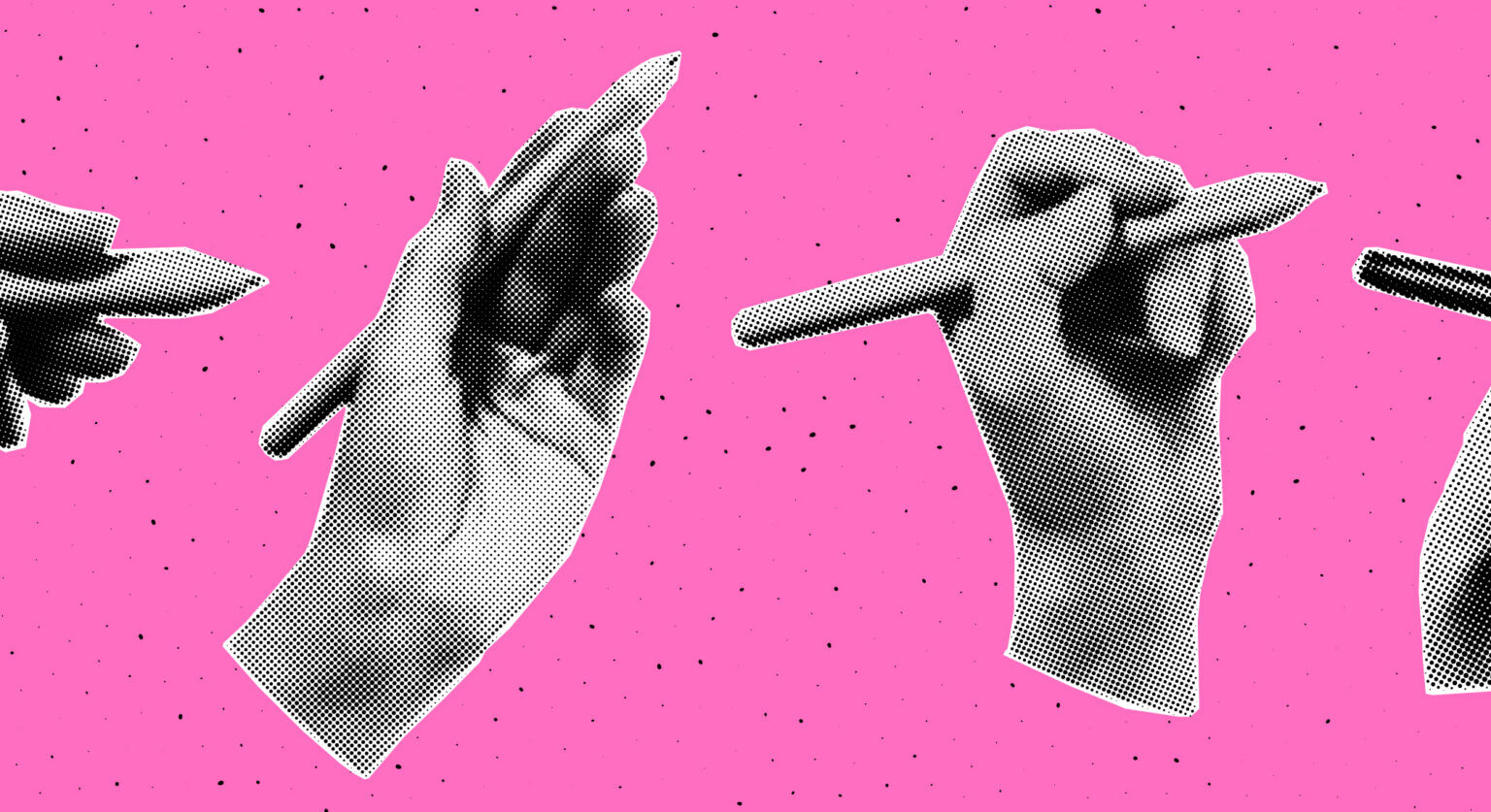The creative clash with AI
Artificial intelligence is reshaping creative industries, sparking urgent debates on copyrights, originality and artistic integrity. Laura Magahy explores the opportunities, risk and evolving challenges that AI poses for creatives

Artificial intelligence (AI) has rapidly become one of the most transformative technologies of our time. It is reshaping industries with its ability to automate tasks, generate content and simulate human-like interactions.
In the creative industries, however, its rise has sparked intense debate.
While AI offers exciting possibilities for innovation, it also raises critical questions about copyright, artistic integrity and the future of creative work.
At the heart of this debate is the intersection between AI and the creative process. Can machines truly create art? And if they can, what does that mean for the humans who have traditionally done so? These questions are especially pressing as AI tools become more sophisticated and widely used.
The copyright conundrum
One of the most contentious issues surrounding AI in the creative industries is copyright.
Large datasets are required to train AI models, with freely available online materials often used. However, this can also include copyrighted materials.
The EU AI Act is being introduced on a stepped basis, with full implementation planned for August 2026 and contains two provisions relating to copyright:
- The first requires AI providers to comply with European copyright law and the opt-out exception, which allows creators to refuse permission for their copyrighted works to be used for AI training.
- The second requirement is for AI providers to provide a detailed summary of the content used for training.
Researchers believe the legislation is not clear enough and will cause uncertainty around legal limitations.
In September 2025, the Irish government selected 15 authorities that will be responsible for the enforcement of the Act, becoming one of the first six EU member states to do so.
The Irish Writers Union has taken a stand against tech companies like Meta, accusing them of using authors’ work without consent. A petition signed by 1,500 writers was submitted to the Minister of State for Trade, demanding stronger copyright protections.
Asked about the topic, a spokesperson for the Minister said that copyrighted works can be used in some circumstances, provided the rights holder has not opted out and the works are legally available. However, the issue is further complicated by the fact that some works were scraped from illegal online databases, leaving authors with no opportunity to opt out.
These developments underscore a broader struggle between the tech and creative sectors: how to strike a balance between innovation and fair compensation, while also respecting intellectual property.
Is AI solving a problem we didn’t have?
Beyond legal concerns, many artists argue that AI fundamentally misunderstands the nature of creativity.
The process of making art is deeply personal and emotionally rewarding. Artists don’t just want results – they value the journey of creation. When AI generates art, it bypasses the human experience, reducing creativity to pattern recognition and statistical probability.
AI doesn’t learn from art the way humans do. It replicates data without applying life experience, taste or skill. This has led some to describe AI-generated art as “boring” – a mashup of existing works lacking originality, perspective or emotional depth.
Environmental and economic concerns
AI’s impact isn’t limited to artistic integrity. It also poses environmental and economic challenges.
Generative AI is energy-intensive, consuming significant amounts of water and electricity. For example, it’s estimated that each AI-generated image uses around three litres of water, while a single chatbot response can consume 500ml.
Economically, AI threatens job opportunities in the creative industries. As studios and platforms adopt AI to cut costs, roles traditionally filled by humans – illustrators, musicians and editors – may be reduced or eliminated. This trend is already visible in cinema, where AI has been used to refine dialogue and enhance vocal performances, such as in the recent films The Brutalist and Emilia Perez, and for generating still images as seen in Late Nights with the Devil, all of which as sparked backlash from filmmakers and actors.
AI as a tool, not a replacement
Despite these concerns, AI is not going away. Many creatives are beginning to see it not as a threat, but as a tool to support their work. Actor Natasha Lyonne likened AI to a pencil: “Everyone has access to a pencil… it’s how you use the pencil.” This perspective encourages responsible and creative use of AI, rather than wholesale replacement of human talent.
Some AI tools can help artists manage administrative tasks, freeing up time for creative pursuits. AI may also play a role in producing music demos or rough drafts, streamlining workflows and enhancing productivity. For example, musicians can use AI to generate orchestral mockups or realistic vocal demos, saving hours of manual programming.
Platforms like SoundCloud are responding to these concerns by updating their terms of use to ensure consent, transparency and artist control. Their commitment to not using content to train AI without permission sets a positive precedent for the ethical integration of AI.
Complex and evolving
The role of AI in the creative industries is complex and evolving. While it offers powerful tools for innovation, it also challenges long-standing norms around authorship, originality and artistic value.
As the technology continues to develop, it’s essential to ensure that creators are protected, compensated and empowered – not replaced. The future of creativity may well depend on how we choose to use the pencil.
Laura Magahy is Head of Public Sector Consulting at Forvis Mazars